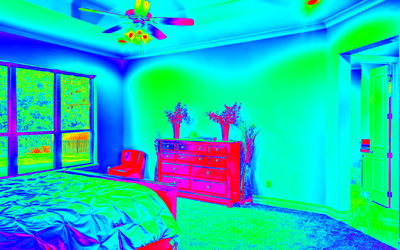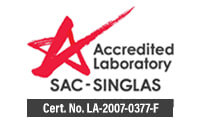
Use of Infrared Thermal Imaging in Indoor Environmental Investigations in Singapore
The levels of indoor contaminants from individual sources alone may not pose a great risk, but most offices have more than one source of contamination and there can be a serious risk from the cumulative effects of combined sources.
Since people spend about eight hours at work each day they can be exposed over and over again to low levels of contaminants. The cumulative effects can cause “sick building syndrome” and possible long term health issues.
The use of Infrared Thermal Imaging to locate hot or cold spots can help understand and identify the source(s).
Infrared thermal imaging has been increasingly used to identify wet building materials that can be sources of mold growth and degraded indoor environmental quality. However, infrared cameras are also an important tool in the evaluation of AHUs (Air Handling Units systems), which are the primary pathways for the distribution of contaminants in a building.
Through identification of temperature differentials, infrared cameras can be used to pinpoint areas of unwanted pressurization or depressurization within a building, negative pressure indoors with respect to outdoors, and problems with AHU system components. Infrared cameras can be used to rapidly identify areas of concern so that an in-depth evaluation and corrective action can be implemented to correct degraded indoor environmental quality.
IR thermal imaging is a useful tool in the rapid determination of moisture intrusions, building envelope failures, building air pressures, and airflows. These parameters are important factors to consider when evaluating indoor environmental quality.


